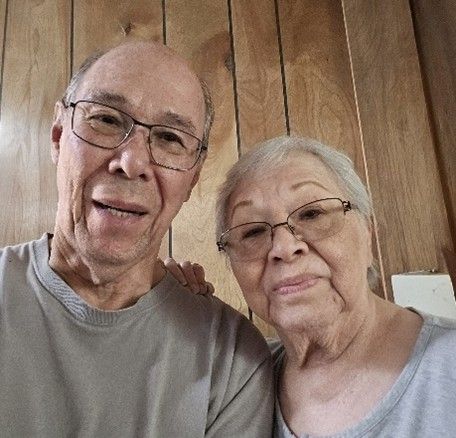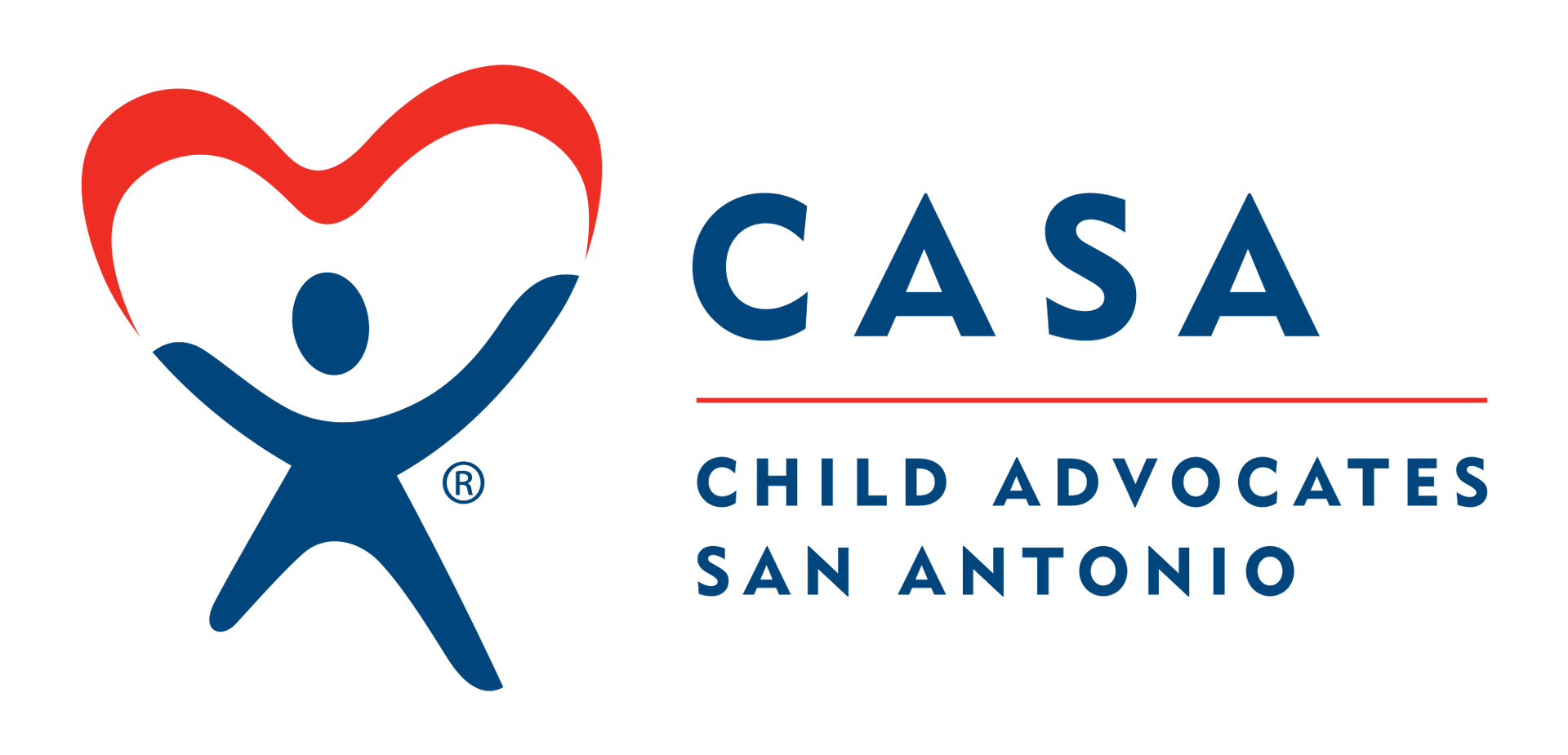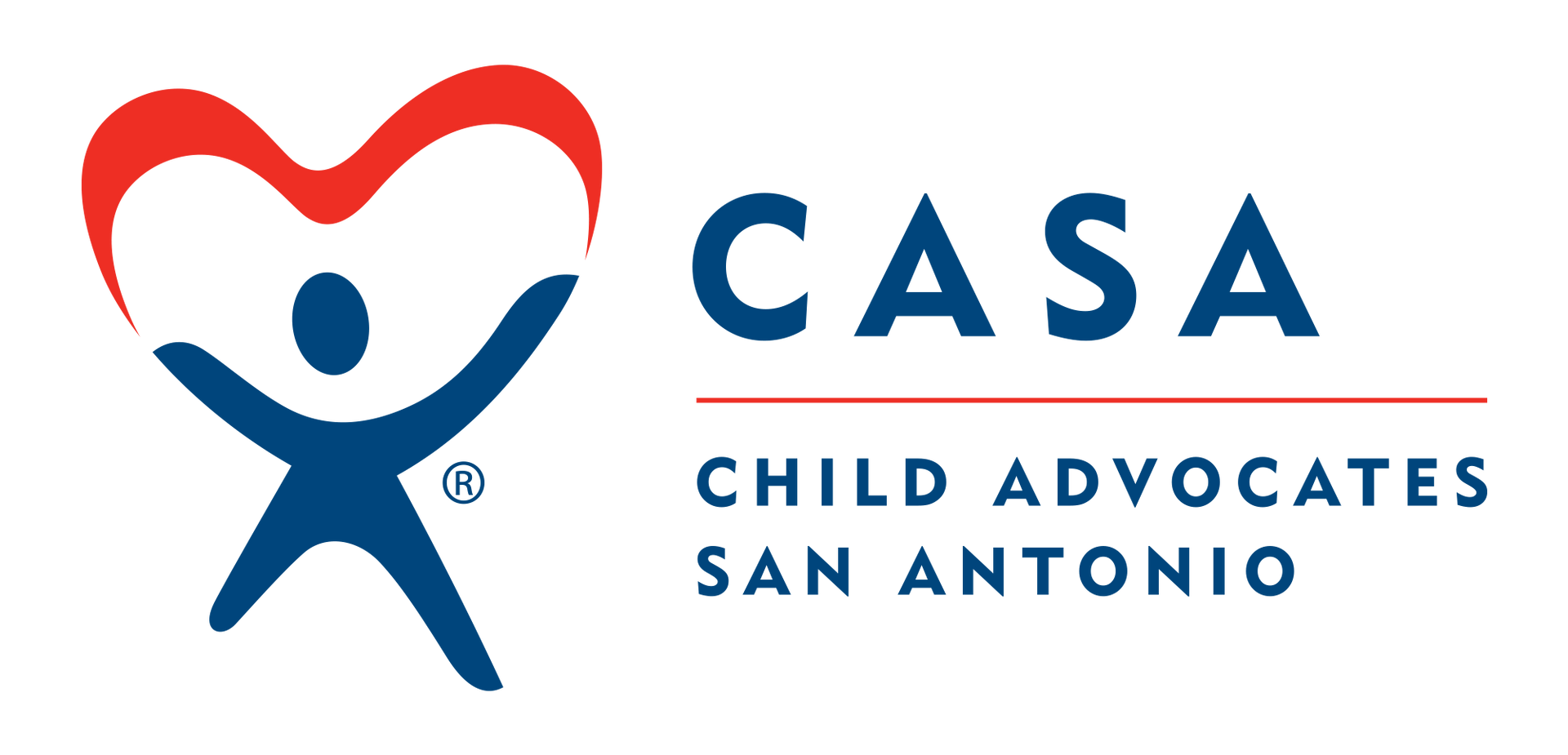Story of Hope: Cynthia Catlin-Gaskins
January Advocate Impact Story
Written By: Cynthia's Advocate Supervisor
Cynthia Catlin-Gaskins was assigned to a case involving 5 siblings who were removed from their home due to neglect and drug usage. The parents would consistently attend visits, but did not engage in any other services. The youngest child was placed with the paternal grandmother, and the other four children were placed with maternal great grandmother.
From the very beginning Cynthia voiced her concerns regarding the maternal great grandmother placement. She observed that the needs of the children were not being met and that the placement seemed to be constantly at risk of breaking down. CPS ignored the concerns and insisted the placement would provide permanency. Unfortunately, Cynthia's fears were realized when, after parental rights were officially terminated, the maternal great grandmother placement broke down, leaving four children looking for permanency.
The children were split up into multiple foster placements with no permanency in sight. Various family members expressed interest in becoming a placement for the siblings, but CPS was resistant to investigate any of these options due to past history. Cynthia, however, advocated that they at least be considered since there was currently no other permanency options.
For various reasons, none of these placements came to be, but at least two of the children (the two girls) ended up in a foster to adopt home in February 2019. Cynthia started cultivating these adoptive parents so they would also consider taking the two boys. They finally agreed and the boys were placed with their sisters.
As they are getting placed, we received news that the foster mom, who had been laid off of work, just found a new job in North Carolina, so they were going to go through the process of buying a new house in North Carolina and selling their home in San Antonio. They told CPS that they were on a timeline, but they wanted to officially adopt all four children before they left. CPS bureaucracy made it nearly impossible for this family to fulfill the requirements asked for them in order to move with their new family.
Since the girls had been with them longer, they were able to finalize their adoption sooner. The boys' adoption was still pending since they had been only recently been placed with the family, even though they had done multiple sibling visits prior in their home, including overnight stays. Cynthia pushed hard for the two boys not to be left behind in San Antonio, which was what CPS suggested had to happen. CASA even contacted the court manager because the plans for the case would change after every hearing.
Finally, the court summoned CPS program directors, adoption specialists, and every decision maker so they had to explain why the system was getting in the way of permanency. The judge asked them to staff in a conference room, because if they didn’t figure it out, he would. The goal was not to leave those boys behind when the family moved to North Carolina. CPS finally came up with a plan that would ensure all requirements would be met before the family had to travel to North Carolina. The four children are now together in what very soon will become their forever home.
Thanks to Cynthia's persistence, not only was she able to ensure the siblings were adopted together, but she also ensured that the boys didn't experience more trauma in the process.
Help us provide more Advocates like Cynthia who are willing to go above and beyond to provide a voice for children in foster care.
Fund a Hope
Jimmy and Mary Young eagerly began their second case in August 2024. The children—Chris, 11; Emily, 9; and Sofia, 7—were in the care of the Department due to neglectful supervision by their mother, who struggled with alcohol dependency and depression. She had left the children unattended to travel to Port Aransas to drink and go fishing. In addition, the home environment was observed to be in disarray, with minimal food, posing a risk to the children’s well-being. The mother was arrested on three counts of abandonment of a child. The children’s father had passed away from cancer a few months earlier, in March 2024. The children were initially placed with their grandmother, who decided after a few weeks that she could not care for them. They were then placed with an uncle, who gave notice within two weeks. Subsequently, the children were placed together at Boysville, where they remained for the duration of the case. Although the children had already experienced two moves in just one month, the Youngs were optimistic about their placement at Boysville. The children from Jimmy and Mary’s first case had also been placed at Boysville, so the Youngs were familiar with the facility and had established a good rapport with the staff. From the beginning, Mr. Jimmy introduced himself to all parties involved in the case, exchanged phone numbers with the caseworker and the children’s attorney, and maintained close communication with them during the children’s moves. Once the children were placed at Boysville, Mr. Jimmy contacted the case manager and counselors there to inquire about setting up therapy and enrolling the children in school. The Youngs advocated for transportation to and from school, and the children were approved to ride the school bus. They also recommended bereavement therapy to help the children cope with the loss of their father. Mr. Jimmy learned about a summer camp at the Children’s Bereavement Center, made a few calls, and successfully registered the children to attend. Throughout the duration of the case, the Youngs visited the children monthly, maintained close contact with the CPS caseworkers, updated the children’s attorney after visits, and remained in frequent contact with the children’s therapists and teachers. They advocated for tutoring and addressed behavioral concerns with the children’s therapists. The Youngs documented everything in Optima, wrote court reports, and attended several CASA training courses to stay informed and further their knowledge of child welfare. They also chose to attend court in person to maintain face-to-face contact with the judge, other parties on the case, and the children’s mother. One particularly notable aspect of this case was the Youngs’ consistent communication and engagement with the children’s mother. After their initial meeting, the Youngs maintained regular contact with her, inquiring about her progress in services, employment, and housing. They frequently encouraged her to continue and complete her services, checked in after court hearings, and provided moral support—offering her hope. During the previous Christmas, Jimmy and Mary sent the mother a recording of the children singing Christmas carols, delivered messages from the children, and shared photos of special events. During phone calls or family visits, they listened patiently, giving her space to express herself. Within a few months, the mother opened up to them about the children’s father and his cancer diagnosis, sharing how it was discovered and discussing his passing. As the mother continued working on her services, Jimmy and Mary cheered her on, reminding her that her efforts were for the sake of reuniting with her children. At the merits hearing in September, the Youngs, in agreement with CPS, recommended an extension to allow the mother more time to maintain sobriety, begin extended visits with the children, and possibly start overnight, unsupervised visits. The extension was granted, as the mother had completed all her services and maintained stable employment and housing. Weekend visits began, and by late September, the mother continued testing negative for substances. The children were placed with her on a monitored return. Jimmy and Mary visited the children in the home for the following two months, providing CPS, the children’s attorney, and the court with very positive feedback. The children were happy, thriving, and their needs were being met. The Youngs provided their final recommendation of reunification in court in late November, and the judge granted reunification, dismissing CPS from the case. It was the Youngs’ consistent communication and encouragement toward this young mother that led to the successful reunification. They followed up after hearings, facilitated communication between the mother and caseworkers when the relationship felt strained, and provided the mother the opportunity to share her perspective without judgment—all while encouraging her to do her best for her children.







